El Fresno: [Planting, Care, Irrigation, Substrate, Pests and Diseases]
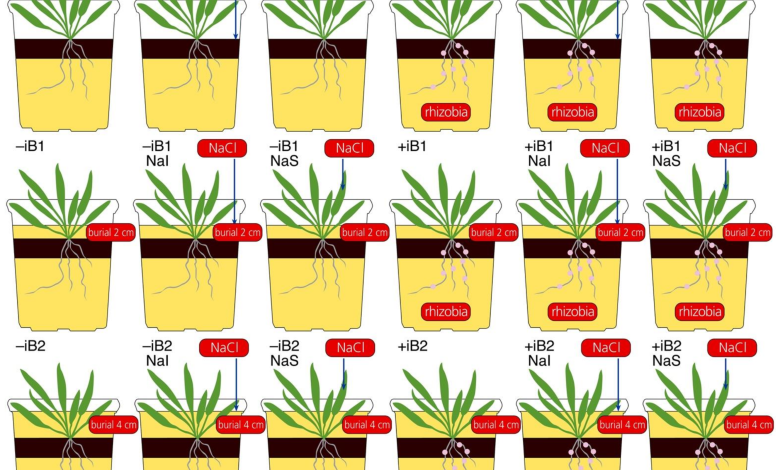
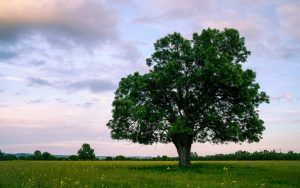 Ornamental species are highly valued among those who know about planting and the ash is one of those trees that we all like.
Ornamental species are highly valued among those who know about planting and the ash is one of those trees that we all like.
The main reasons refer to the fact that it grows quite quickly, it is stylized and elegant and its flowers are exquisite in smell.
In addition to the above, the fact that the ash tree, when it is already well established, is one of the most resistant species is remarkable.
And this beautiful age will reach it about 5 years after sowing it
Do you want to learn how to have it in your own garden?
Let’s see it.
Important points when planting an Ash tree
- When? In spring or autumn, depending on the sowing method chosen.
- Where? In a clear area where it can get a few hours of sunlight a day.
- How do we prepare the land? Providing nutrients with organic fertilizers.
- How should we water? By drip.
- How often do you have to water? On a regular basis, especially on the hottest days of the year.
- What pests and diseases does it have? Powdery mildew and Anthracnose.
Ash Characteristics
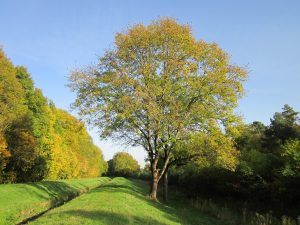 Fraxinus /ˈfræksɪnəs/, is a genus of flowering plants in the olive and lilac families, Oleaceae. It contains 45-65 species of trees, generally medium to large in size, mostly deciduous, although some subtropical species are evergreen.
Fraxinus /ˈfræksɪnəs/, is a genus of flowering plants in the olive and lilac families, Oleaceae. It contains 45-65 species of trees, generally medium to large in size, mostly deciduous, although some subtropical species are evergreen.
The genus is widespread across much of Europe, Asia, and North America.
The leaves are opposite (rarely in whorls of three), and mostly pinnately compound, simple in a few species.
The seeds, popularly known as «helicopter seeds», are a type of fruit known as samara. Most Fraxinus species are dioecious, bearing male and female flowers on separate plants, but sex in ash is expressed as a continuum between male and female individuals, dominated by unisexual trees.
With age, the ash can change its sexual role from predominantly male and hermaphroditic to female; if grown as an ornamental and both sexes are present, ash can cause a considerable litter problem with its seeds.
Row or mountain ash have superficially similar leaves and shoots to true ash, but belong to the unrelated genus Sorbus of the rose family.
When to plant an ash tree?
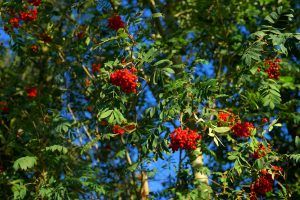 Ash is a species that will be better off when sowing is done in early autumn, if it is seedlings with a root ball.
Ash is a species that will be better off when sowing is done in early autumn, if it is seedlings with a root ball.
In the case of sowing by means of seeds, it is best to work them during spring and until the beginning of summer, depending on the temperatures.
Where to plant an ash?
The ash tree loves sunlight that does not hit it so directly, so it must be in a clear and well-chosen area.
It is also necessary to assess that it has adequate surrounding space to promote the growth of its roots without obstacles.
It is not recommended that it be placed near other trees where it could have problems supporting its root system.
How to prepare the land?
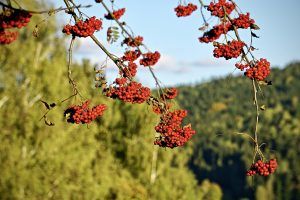 The land must have the characteristics of being well supported around nutrients, so if you have poor soil, it is better to enrich it first.
The land must have the characteristics of being well supported around nutrients, so if you have poor soil, it is better to enrich it first.
This can be achieved by adding layers of some organic fertilizer such as compost or worm castings and stirring to ensure it mixes well.
As for drainage, it does not matter much if it is adequate or not because the ash tree is one of the few species that is not affected by this issue.
How do we water ash trees?
Irrigation will need to be done by dripping, without reaching an extreme abundance of water to avoid flooding.
How often do we water them?
The irrigation of the ash is not something that should worry us much in cold times because, in general, it does not need it.
During development it is advisable to provide regular watering, about twice a week but without excesses.
Afterwards, it is necessary to maintain a constant watering so that it enjoys a moist and fresh soil that will be better for keeping it fresh and healthy.
If the soil dries out, tree wilting will occur much faster than we might expect.
This is because it is a species that does better in cold or temperate climates than in hot environments.
How to plant an ash tree step by step?
The ash tree develops through seeds that must go through the stratification process in order to germinate.
The steps to obtain this result are as follows:
- Collect the seeds that you observe are healthier and with better conditions.
- Place them in a container with fertile soil that you will later take to the refrigerator where you will keep them for about 3 months. It is necessary to moisten the seeds from time to time and open the lid to ensure that air circulates and fungi or other microorganisms do not develop.
- Prepare a pot with good soil and incorporate the stratified seeds. The substrate should very lightly cover the seeds so they have access to air. If they are buried too deep, they may not develop well.
- Water abundantly to ensure that moisture penetrates to the bottom of the pot, so the seeds will remain in a pleasant environment for them.
- Locate the pot in a space where it receives diffused sunlight most of the day.
- Move forward with the transplant once the first leaves start to appear. The ideal is to separate the small plants into individual pots so that they acquire more strength before moving them to the garden.
- When it comes time to take the seedling out into the garden, dig a medium-deep hole where you can comfortably set the root ball. Cover with the remaining soil and water abundantly in this first phase.
What care does the ash tree need?
Beware of strong winds
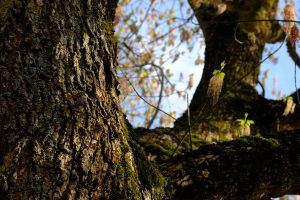 The ash tree, despite being a species capable of reaching 40 meters in height, is not very resistant to strong winds, so it must be taken care of. It is a situation that will have to be given more attention, especially when it is small.
The ash tree, despite being a species capable of reaching 40 meters in height, is not very resistant to strong winds, so it must be taken care of. It is a situation that will have to be given more attention, especially when it is small.
A good idea is to make a barrier in the area where the winds come from most often.
Keep an eye on the temperature
Taking care of the temperature of the environment will only be necessary in summer because, in itself, it is quite friendly with the cold of winter.
In fact, the ash tree is one of those species that will free us from worries when there is a risk of frost because it is capable of withstanding them.
Is it necessary to prune the ash tree often?
Pruning is not necessary because the ash tree grows regularly almost always.
Regarding fertilizations, it is a good plan to apply them during the summer, to ensure that the soil is always of the best quality.
What pests and diseases affect ash trees?
The normal thing is that the ash tree always lives in peace, since it is quite resistant to enemy attacks.
powdery mildew
 In some very isolated cases, a specimen has become a victim of powdery mildew, which is one of the fungi that most frequently affects crops.
In some very isolated cases, a specimen has become a victim of powdery mildew, which is one of the fungi that most frequently affects crops.
To combat it efficiently, it is best to apply a sulfur -based treatment.
anthracnose
In areas where temperatures tend to rise a lot during late spring and summer, anthracnose could also be present.
Its recognition in time will help the specimen not to be more affected than it should be because, if so, it could even die.
verticillium wilt
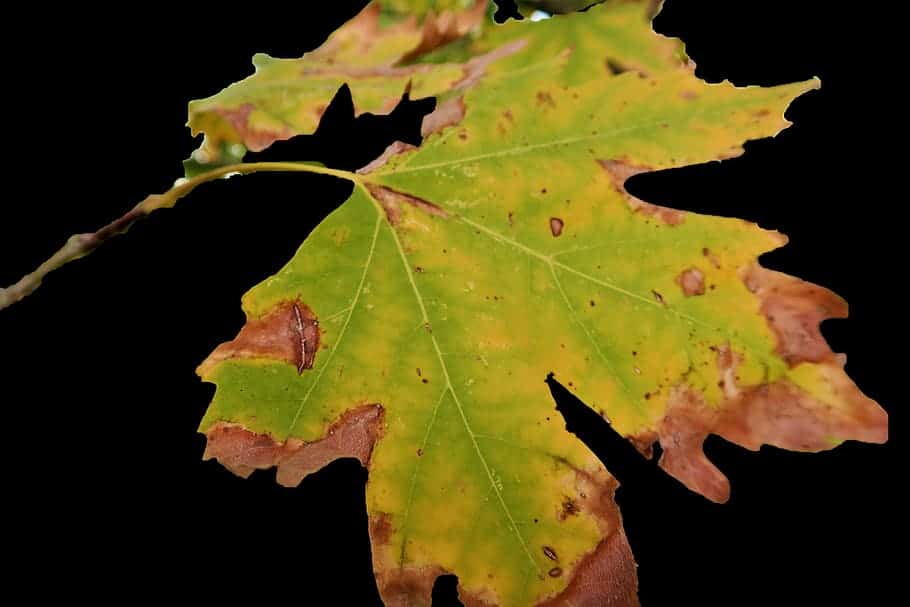 Verticillium or Verticillium wilt is a common soil fungus that thrives in temperate climates around the world and can be present in the soil for decades.
Verticillium or Verticillium wilt is a common soil fungus that thrives in temperate climates around the world and can be present in the soil for decades.
Verticillium wilt overwinters in the soil as dormant mycelium or tiny dormant black structures called microsclerotia, waiting for favorable conditions to return.
They enter damaged plant tissue through the roots and multiply. Many common weeds, such as dandelions and weeds, can be Verticillium host species.
Verticillium wilt is a disease that affects more than 350 species of eudicolous plants. It is caused by six species of Verticillium fungi: Verticillium dahliae, Verticillium albo-atrum, Verticillium longisporum, Verticillium nubilum, Verticillium theobromae, and Verticillium tricorpus.
Many plants with significant economic weight are susceptible, such as cotton, tomatoes, potatoes, oilseed rape, aubergines, peppers, and ornamental plants, as well as others in natural vegetation communities.
Many species and cultivars of eudicots are resistant to the disease, and all monocots, gymnosperms, and ferns are immune. To know more: Verticillium wilt in the Orchard: What is it? How do we identify it?
How long does an ash tree live?
The ash is capable of developing a life that occupies between 80 and 100 years, as long as it has the necessary conditions and care.
How long does it take for an ash tree to grow?
It takes a little over 10 years to become an adult specimen.
How long does it take to produce fruit?
The average time it takes for an ash tree to start producing is 20 years.
Can it be grown in a pot?
It will tolerate planting in a pot during the first years of its life, but it is not convenient for it to be planted forever.
How many times does an ash tree produce fruit?
It produces fruits annually, although the best harvests are obtained every two years.
Should an ash tree be pollinated to obtain fruit?
Pollination is carried out by means of the wind and it is common that in areas where there are many specimens, pollen sits in the air, causing allergies.
How cold can an ash tree tolerate?
Cold climates and even frosts do well. On average -4° C is established, but it is likely that in less than that you can live without problems.
How many ash trees can be planted per hectare?
The number of specimens will vary depending on the objective pursued and the planting framework. It can be from 300 to 1000 copies.
What kind of fertilizer does an ash tree need?
The most important time to apply fertilizer is when it is a young specimen to encourage growth.
After this step is well established, it is not so essential.
How much heat and/or drought can an ash tree tolerate?
It is not resistant to heat or drought. It is better to keep it in a space where the average is 25 ° C.


![Photo of Nigella Sativa: [Planting, Care, Irrigation, Pests and Characteristics]](https://www.complete-gardening.com/wp-content/uploads/2022/08/nigella-sativa-planting-care-irrigation-pests-and-characteristics-390x220.jpg)
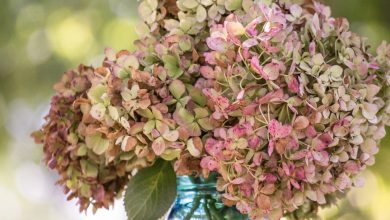
![Photo of Neem Oil: [20 Reasons to Use It in Your Garden and How to Do It]](https://www.complete-gardening.com/wp-content/uploads/2022/08/neem-oil-20-reasons-to-use-it-in-your-garden-and-how-to-do-it-390x220.jpg)